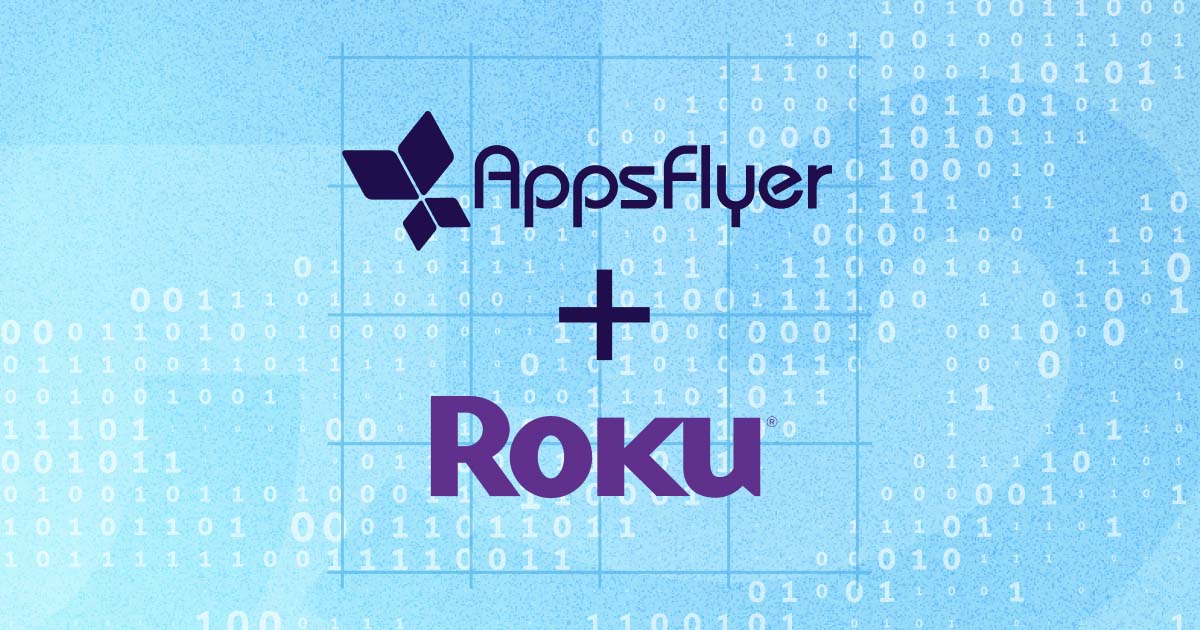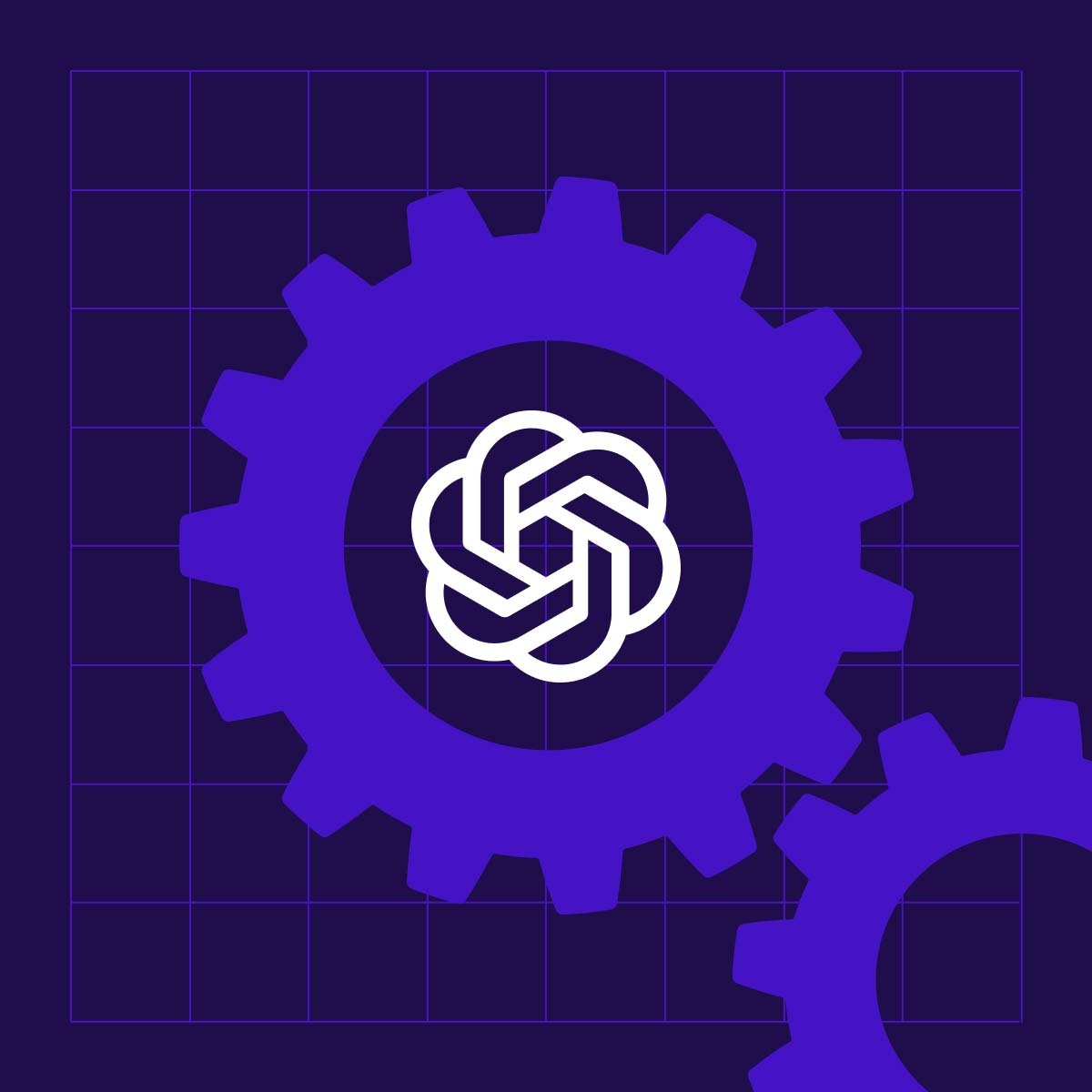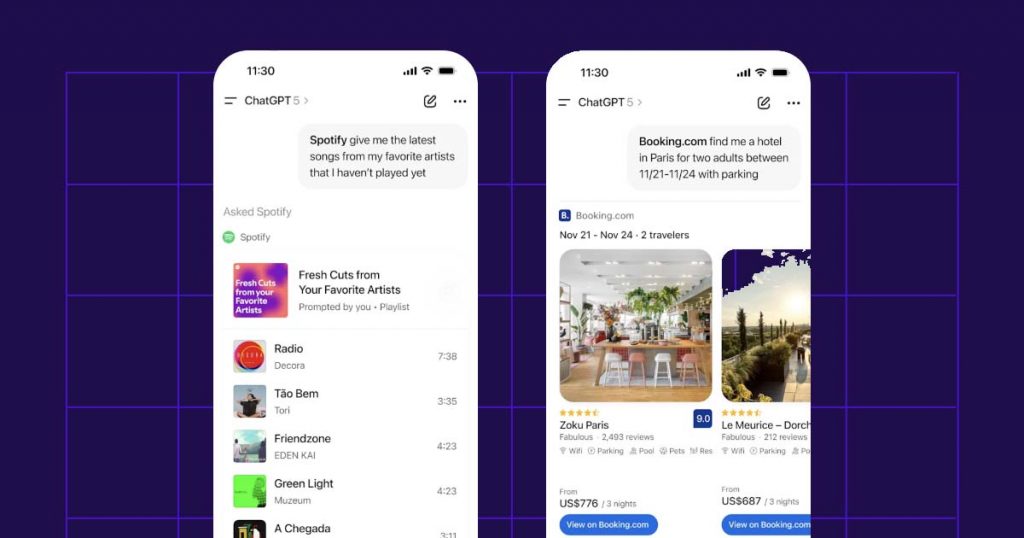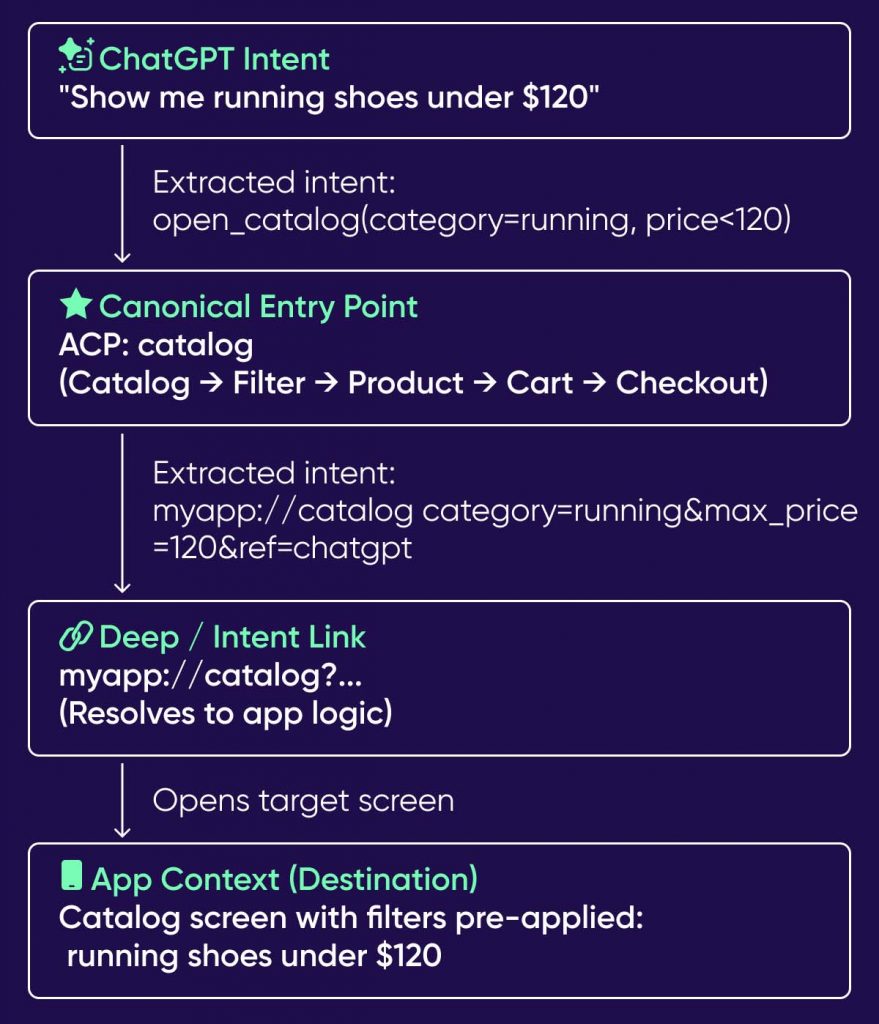
When ChatGPT becomes the OS: A new era for apps, measurement & commerce

In 2008, Apple re-invented the application world. The App Store imposed rules, offered trust, enforced quality, and created a marketplace that shaped user expectations, developer actions, and revenue models. It standardized how apps are discovered, bought, and updated.
In 2025, OpenAI is introducing a change that may well be just as big – to transform how humans talk to applications. Its recent push into commerce (Instant Checkout) and embedding apps inside ChatGPT (via the new Apps SDK) is not just product expansion. It’s an attempt to turn ChatGPT into a new operating system for human‑app interaction.
In other words, ChatGPT is changing how apps are used.
What OpenAI is building: Instant Checkout + Apps SDK
Let’s review what OpenAI has publicly launched in the last couple of weeks:
- Instant Checkout: Users can now buy single‑item products entirely within ChatGPT (currently only in the US and only from Etsy sellers, and soon many Shopify merchants). Users see a “Buy” button, confirm shipping & payment, and the order flows to the merchant’s backend. ChatGPT acts as an “agent” between the user and the merchant via the open Agentic Commerce Protocol (ACP), co‑developed with Stripe.
- Agentic Commerce Protocol (ACP): An open standard that lets AI agents, like ChatGPT, interact with merchant systems (payments, order, fulfillment) while preserving merchant control and minimal data sharing. The ACP benefits all participants: businesses remain the merchant of record while keeping control over products, presentation, and fulfillment; AI agents can embed commerce directly into conversations without becoming the merchant themselves; and payment providers handle transactions securely via encrypted tokens. This structure ensures transparency, interoperability, and scalability to pave the way for a true agent‑driven commerce layer.
- Apps (SDK) inside ChatGPT: OpenAI is previewing a system where third‑party services can embed “apps” within ChatGPT. The app gets conversation context, responds with structured output, UI elements, and user flows. Developers will connect via server APIs, handle auth, maintain sessions, etc.
Put these together, and the lines between search, app, web, and commerce blur.
Just imagine this: You ask your assistant to reorder your regular stock of nutritional supplements, and it instantly finds the right seller, places the order, and tracks the delivery – no app-hopping or manual browsing. Or picture asking it to hunt down that rare sneaker drop in your usual size the moment it becomes available. Repetitive shopping becomes frictionless, and finding rare items turns from a manual hunt into an automated routine.

Why it feels like a new OS
- UI abstraction: In the world of ChatGPT apps, the “UI” is conversational + structured responses. Branded UI wrappers, splash screens, custom navigation and overall user experience might matter less. What counts is content, value, task accuracy, and responsiveness.
- Protocol & standards: Apple gave us the App Store rules; OpenAI is giving (or will give) ChatGPT apps a specification, SDKs, security rules, and marketplace policies. Just as iOS apps needed to comply with Apple’s guidelines, apps will need to comply with ChatGPT’s.
- Gatekeeper role: Apple once arbitrated the app ecosystem; ChatGPT can now mediate discovery, ranking, monetization, permissions, and access.
- Conversational routing: Rather than users opening a brand’s app, users may name the task and let ChatGPT decide which app to route to. E.g. “Book me a flight to Tokyo” — ChatGPT picks one or more travel apps under the hood.
So, ChatGPT isn’t killing apps — it’s changing how apps are used; less focus on monolithic apps or brand cosmetics, and more focus on task standardization and getting things done.
What apps / brands will need to do differently
As ChatGPT evolves into a primary interface for digital interaction, apps and brands will need to rethink how they’re built, accessed, and monetized within this new ecosystem. Here’s what they need to do:
1. Focus on core service, not UI shell: Your app’s “skin” becomes less important than what it does. Whether it’s product search, booking, analytics, or chat support — your core logic, APIs, and data matter most.
2. Build a server‑side API with an AI mindset: You’ll expose endpoints for your app to accept requests from ChatGPT, send structured responses, track state across turns, manage errors, and fall back gracefully. You’ll handle authentication, rate limits, versioning, throttling.
3. Comply with ChatGPT app standards: OpenAI will require apps to adhere to safety, privacy, UI guidelines, response formats, error handling, permission flows, rate quotas, etc. (similar to how Apple reviews apps for guidelines, security, UI, performance.)
4. Map deep linking / routing / canonical entry points: Even inside ChatGPT, you’ll want to map tasks to internal flows. E.g. ChatGPT says “Go to product catalog → filter → add to cart → checkout.” Deep links become “intent links” from conversation into your internal logic. You may provide templates for how ChatGPT should “open” a context in your app logic (with parameters). Similar to how we use deep links today (e.g. myapp://product/123?ref=chatgpt).

5. Monetizate, discover & promote: Once apps run natively in ChatGPT, there will be incentives to stand out. Brands will pay for:
- Featured placement or priority ranking
- Promoted suggestions for tasks
- Sponsored content inside ChatGPT UI
- “Upsell” modules exposed inside the app flows
This mirrors what happened in search (Google Ads), and in the App Store (search ads, featured apps). ChatGPT will become a new channel for “in‑chat promotion.”
6. Provide signals for better targeting & personalization: With ChatGPT knowing users’ conversational history, preferences, and context, it has potential to tailor which app services, products, or offers to show. That gives great targeting power to apps embedded in ChatGPT but also raises the bar: you’ll want to optimize for conversion under this “agentic” environment.
Because OpenAI will see user interactions across multiple apps/flows, it could help matching users to offers in smarter ways. Brands will need to provide signals, feedback, and engagement signals to train better recommendation logic.
Measurement & attribution in the age of AI apps
Measurement has always been the backbone of smart growth strategies. That won’t change. What will change is what we measure and how. In a world where users no longer install apps but interact with them inside AI environments, the traditional funnel is replaced by fluid, intent-driven experiences.
Attribution will move beyond counting installs to understanding which prompts, and interactions actually drive outcomes. Instead of tracking downloads, we’ll track completed actions. Instead of mapping user journeys across screens, we’ll map them across conversations, agent calls, and tasks.
This future demands attribution models that can follow intent through multi-step, multi-agent paths, connecting upstream triggers to downstream impact with precision. And just as important, it will rely on first-class feedback loops – where conversions, cancellations, or refunds flow back into the ecosystem. These signals will help AI agents rank, recommend, and personalize experiences more effectively, turning every action into intelligence that sharpens the system.
Measurement in this new era will be lightweight, contextual, real-time, and deeply integrated into the fabric of how users and agents interact, driving smarter decisions for both advertisers and platforms.
What’s next?
This might only be the first step into a new type of software units consumers haven’t seen before:
- Smaller apps or app “primitives”: Rather than full monolithic apps, smaller brands might want to penetrate with smaller, micro‑skills apps (e.g. “translate text,” “summarize document,” “book flight leg”) that chain into flows. Brands will compete to have their micro‑skills embedded in many chains, while emerging players might get a chance to penetrate existing markets.
- Multi-apps orchestration: Multiple apps might collaborate within one conversation: e.g. booking a trip requires hotels, flights, car rentals. ChatGPT (or agent) may orchestrate across apps. Those who expose APIs that play nicely will gain advantage.
- Adaptive UIs generated on the fly: Because ChatGPT controls layout, developers might deliver augmented UI snippets (cards, forms) rather than full app UI. Apps will deliver structured data + rendering hints, not fixed screens.
- “Appless” brands: Some brands may skip a standalone app altogether and live only as ChatGPT apps. Their brand presence is entirely via conversation, but they still need backend systems, analytics, marketing funnels, retention loops, etc.
- Rich context & memory across apps: OpenAI may maintain a memory layer: user preferences, history, context that flows across app calls, enabling cross‑app personalization, unified profiles, and more intelligent suggestions.
- Predictive task suggestions: Because ChatGPT sees what users do over time, it could proactively suggest app tasks or offers inside the conversation: “Hey, you often book flights — would you like me to check fares for your upcoming trip?”
The final word
The app era is entering a new chapter. ChatGPT doesn’t mark the end of apps, on the contrary, it represents the next layer of its evolution. The winners will be the brands and developers who treat ChatGPT as a new operating system layer: one that demands clean APIs, conversation‑first logic, measurement integration, and smart monetization strategies.
At AppsFlyer, we see our mission extending: from post‑hoc attribution to being the measurement & insights engine within this ChatGPT OS. We’re already investing in MCP (Model Context Protocol) to enable marketing data to be queried via natural language and AI agents.
If you’re a brand, SDK vendor, or product team, now is the moment to explore:
- What flows of yours should become ChatGPT apps
- How your APIs, events, and measurement will map into that world
- How to surface your brand & offers inside ChatGPT’s discovery & monetization systems




